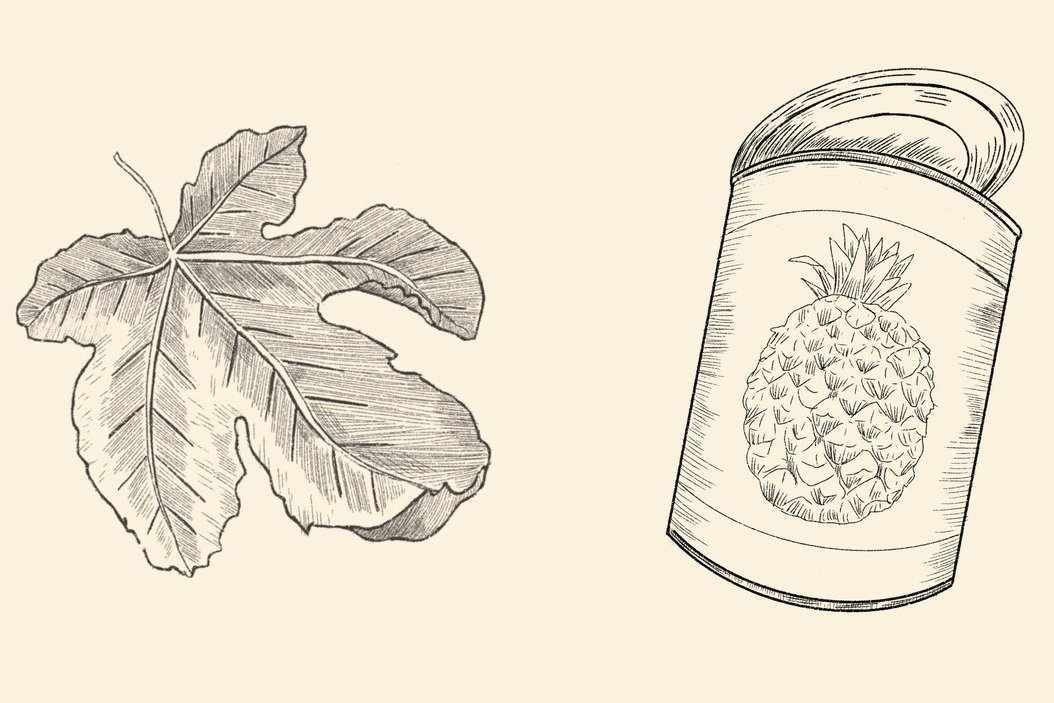Tart-Nom-Etry
To achieve his vision of the ideal tart shell, Kriss Harvey did some serious math, coming up with a formula that uses measurements stretched to half a millimeter.
Great pastry chefs are known for precision. But even within that realm, Kriss Harvey holds a particular place of esteem for his obsessive attention to detail. Such is the case with Harvey’s tart shell at Bazaar by José Andrés. “I wanted the shell to look like the ring it went into,” says Harvey.
To achieve his vision, Harvey did some serious math, coming up with a formula using measurements stretched to half a millimeter. The result is a geometrically sound shell with 90 degree angles all around. Staying true to the words of his tattoo, “Good is often the enemy of the best,” Harvey’s technique produces a thing of beauty.
You can use any sweet sablé dough for the shell. The essential equipment is a set of odd-sized (65 millimeter), perforated Valrhona rings (sold by JB Prince). The essential disposition is OCD and an affinity for numbers helps, though this is not advanced trigonometry—it’s tart-nom-etry. Harvey shares his procedure here. Test is on Monday, no exemptions, bring your protractor and no. 2 pencils.
The Math
Line a blue steel baking sheet with a Matfer silpain.
Flatten dough with a rolling pin until 3 millimeters thick.
Cut one-third of the dough into strips, using a guitar fitted with a 22.5-millimeter cutting frame.
Trim dough strips into 288-millimeter lengths.
Cut 60-millimeter rounds from the remaining dough.
Line the sides of 65-millimeter ring molds with the 288-millimeter strips, pressing the strips to the sides of the mold until the two ends meet. The dough will overlap slightly. Trim the excess and press to completely seal the two ends.
The sides of the ring are 22 millimeters high. Trim the excess 0.5 millimeters of dough off the top.
Fit the 60-millimeter rounds of dough into the bottom of the rings.
There will be a 1-millimeter difference between the dough round and the side strip. (A 65- millimeter ring minus a 3-millimeter-thick dough equals a 2-millimeter gap between the dough round and the strip, but because it’s inside the ring, the difference ends up being 1 millimeter—accounting for the thickness of the actual ring.) Inside each ring, press round and strip together to seal. Freeze.
When tart shells are frozen, inspect each bottom to see that there are no gaps between the sides and the bottoms.
Bake at desired temperature and duration.







